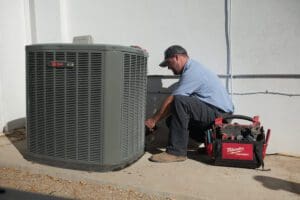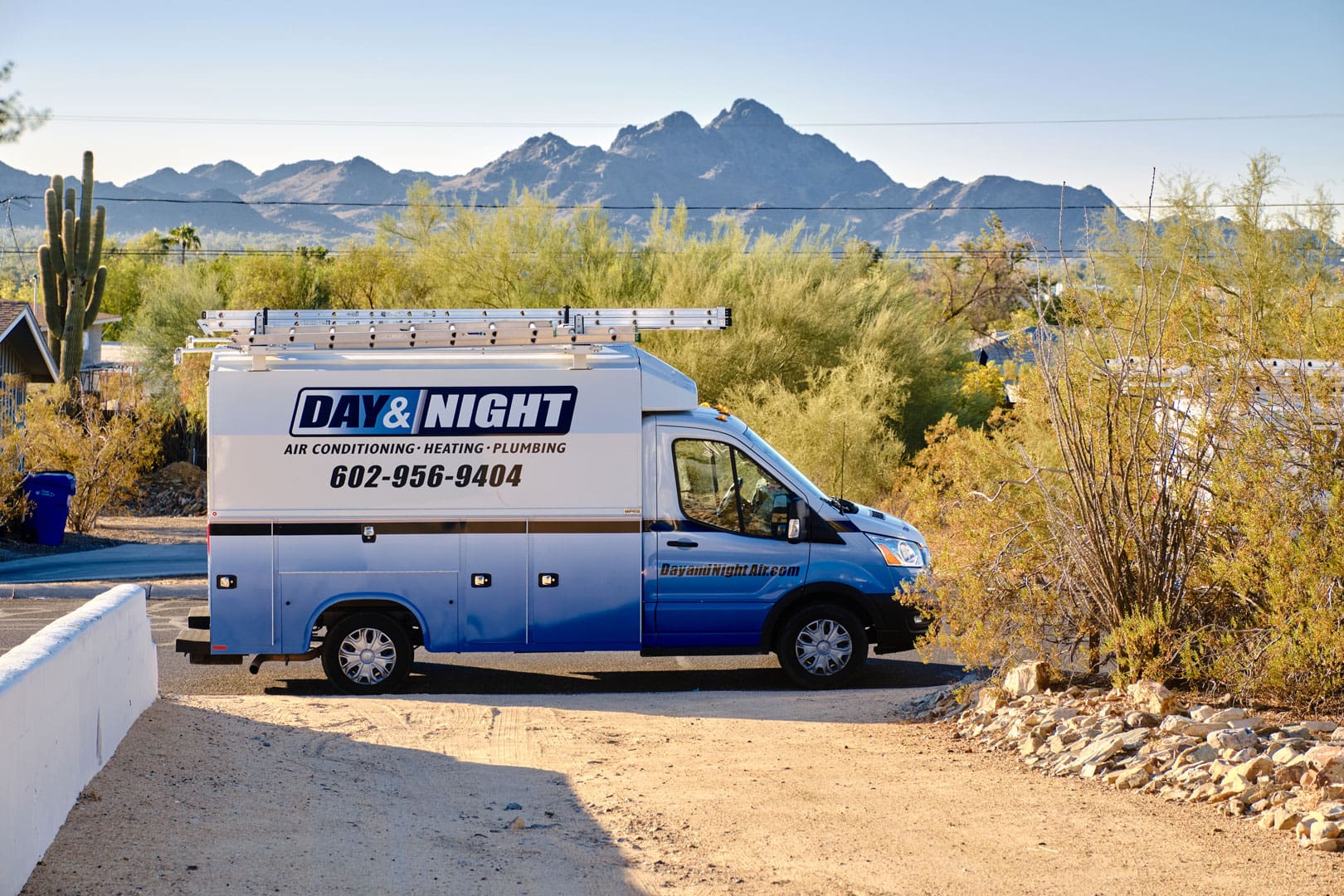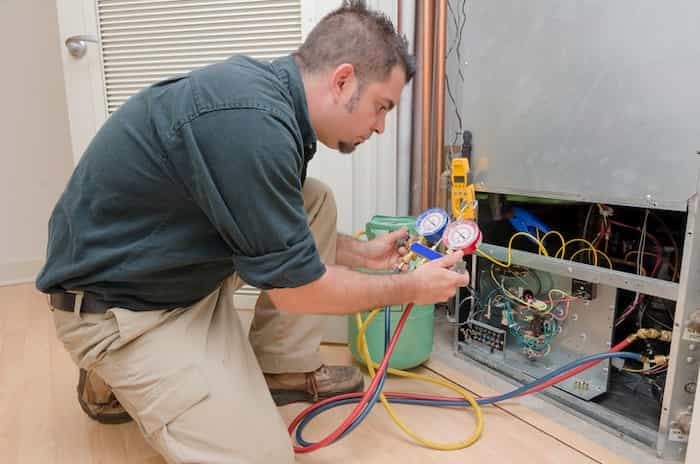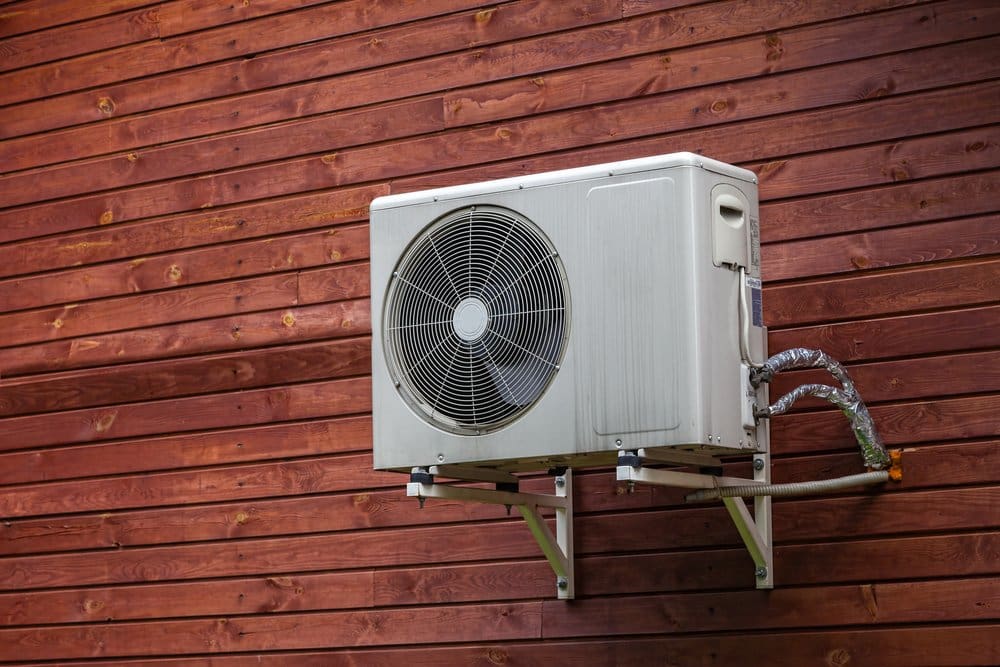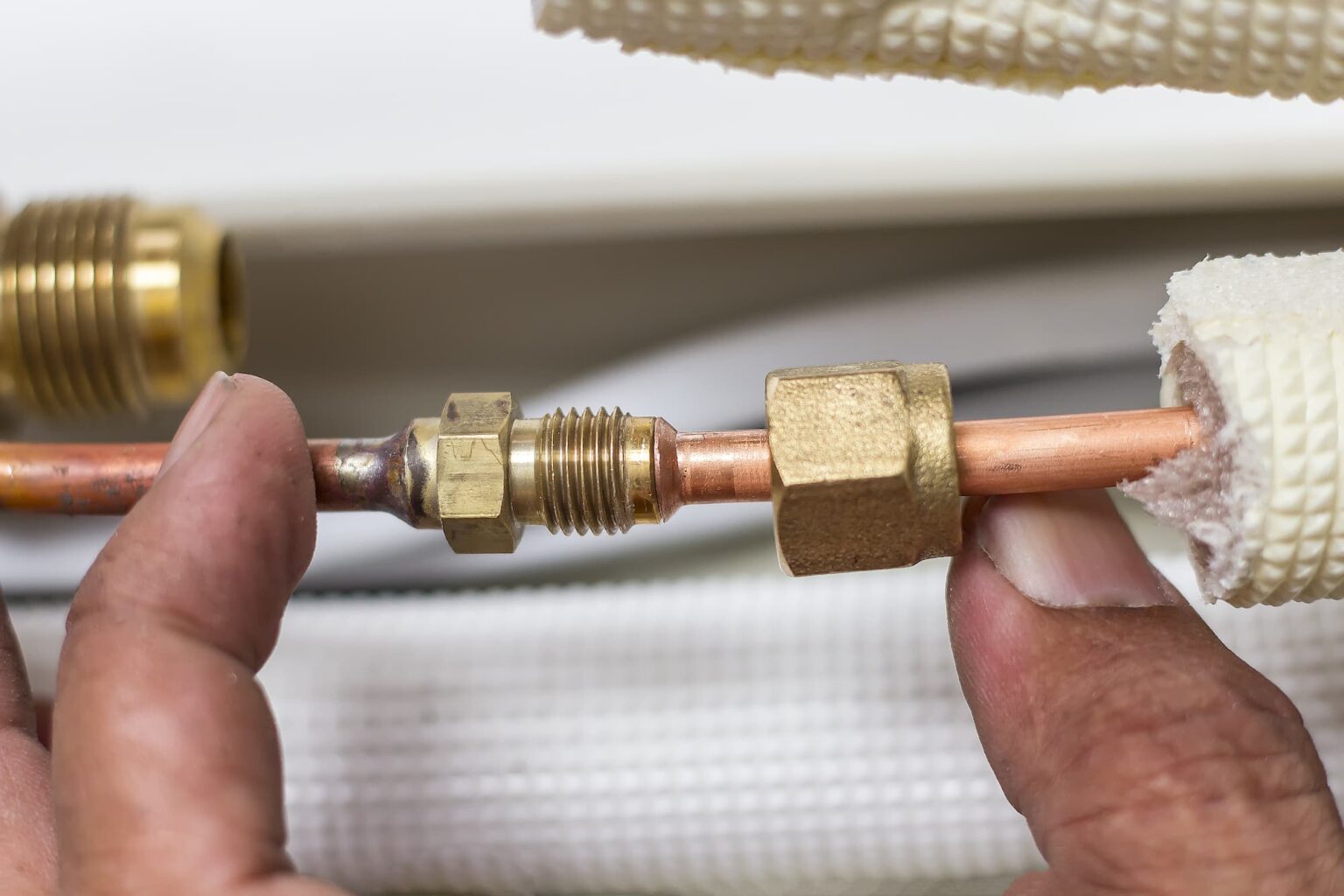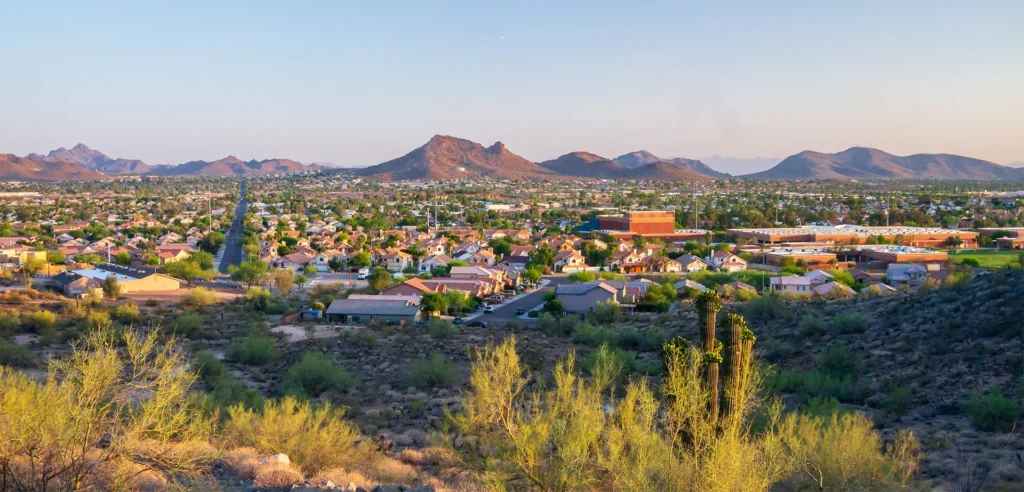Carbon monoxide leaks are serious problems for homeowners. The chemical is odorless and invisible, which can make it hard to detect unless you have carbon monoxide sensors. It’s estimated that about 90% of carbon monoxide incidents excluding fires happen in homes, so homeowners should educate themselves about this issue and what it means for them. Learn more about how carbon monoxide leaks happen, the risks they present, and what you can do about them.
Where Does Carbon Monoxide Come From?
Carbon monoxide, sometimes called “the silent killer,” is a colorless, odorless, and tasteless gas that is poisonous and can even be fatal when inhaled. It’s produced by the burning of fuels such as wood, gasoline, propane, and natural gas. It’s the product of incomplete combustion, which means it’s present in small amounts almost anywhere there’s a fire. Dangerous levels of carbon monoxide in your home can come from a variety of different causes:
- Fuel-burning appliances that have been incorrectly installed
- Grilling indoors
- Changes in air pressure known as back drafting
- Blocked chimney
- Furnace exchanger that is cracked or loose
- Generators, vehicles, or other combustion engines running inside (or in an attached garage)
- Furnaces, stoves, gas heaters, gas dryers, space heaters, fireplaces, and other appliances
Symptoms of Carbon Monoxide Exposure
Carbon monoxide blocks the blood’s ability to carry oxygen. The effects of carbon monoxide exposure can vary depending on the severity of the exposure. Mild exposure may look a lot like the flu– symptoms include dizziness, headaches, nausea, fatigue, vomiting, weakness, and confusion. These symptoms will become more severe with greater exposure, and people may also experience an elevated heart rate. Very severe carbon monoxide can result in convulsions, unconsciousness, brain damage, and heart and lung failure. Unchecked carbon monoxide poisoning can lead to death. Get out of the house and contact a doctor immediately if you believe you have carbon monoxide poisoning.
How Can I Avoid Carbon Monoxide Poisoning?
The first thing we recommend is that you put a carbon monoxide detector in your home. If you only install one carbon monoxide detector, it’s best to put it in the main bedroom or the hallway outside of the bedrooms. Ideally, there should be an alarm on every floor of the home and in all sleeping areas. Place the alarm at least 15 feet away from fuel-burning appliances to make sure it doesn’t go off every time you use the appliance.
Do not place the units too close to windows or doors, and make sure the units are not blocked. Test the unit regularly (once a week is best) by pressing the test button. Keep the unit clean and dust-free by cleaning it about once a month. Some carbon monoxide detectors have digital displays so you can know about even low levels of carbon monoxide, and they will keep track of their readings over time.
It’s also important to have your home regularly inspected by qualified technicians. They should look at stoves, furnaces, chimneys, and other appliances. Never leave your car idling in an attached garage, use your stove or oven to heat the home, or run fuel-powered appliances like grills inside.
What to Do About Carbon Monoxide Leaks
If your carbon monoxide alarm goes off, or if anyone in the home starts to display symptoms of carbon monoxide exposure, get out of your home immediately. Go outside to get some fresh air and call 911 either from your cell phone or from a neighbor’s home. The fire department or another qualified technician should perform an inspection. Even if you think it could be a false alarm, it’s important to go through the steps and have an inspection. The risk of staying in a home with carbon monoxide is simply too high.
Can I Prevent Carbon Monoxide Leaks?
There is no way to guarantee the prevention of carbon monoxide leaks with 100% certainty, but there are good ways to reduce the risk significantly. First and foremost, you should only have appliances installed by professionals who are qualified to work with those appliances and the fuel that connects to them. Furthermore, you should only use those appliances as directed. Finally, get your home inspected by a professional technician at least once per year.
Contact Day & Night Air Today!
At Day & Night Air, our technicians are skilled at installing appliances like gas furnaces in a way that will minimize the risk of carbon monoxide exposure. After installation, we can come to your home to perform yearly inspections, even if you’ve had your appliances installed by someone else. We live and work in Phoenix, so we consider our customers to be our neighbors, and your safety is our top priority. Contact us today to schedule an appointment.
Image Credit: Shutterstock By welcomia

